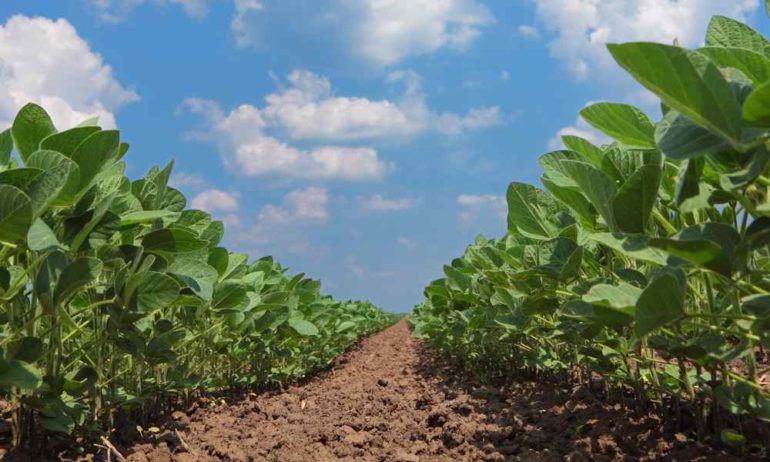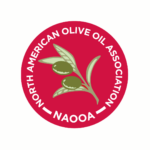After a 30-year side-by-side comparison of organic and conventional agricultural systems, the Rodale Institute reports that organic systems match, or even outperform, conventional systems in terms of yield, profitability, and energy efficiency, while having positive effects on soil health, water quality, and rural communities.
The Rodale Institute has conducted research on organic practices for more than 60 years. In 1981, Rodale began the Farming Systems Trial® (FST), a project originally created to study the transition from a conventional to an organic farming system. The results of this experiment demonstrated that, after a three-year transitional period, yields from the organic system were comparable to those of the conventional system. Due to these promising results, the Rodale Institute has continued the FST to this day, making it the longest running side-by-side farming trial in the United States.
The FST is a comparison of three farming systems that produce corn and soybeans. The manure-based organic system utilizes a long rotation that includes annual grain and forage crops. Operators maintain soil fertility through the use of cover crops and the application of animal manures. The legume-based organic system employs a shorter rotation between annual grains and leguminous cover crops. The conventional system relies on synthetic fertilizers for soil fertility and herbicides for weed control.
In 2011, after 30 years of observing the FST, the Rodale Institute published their findings: the organic systems consistently matched the yields of the conventional system, and produced greater yields than the conventional system under moderate drought conditions.
In addition, the organic system surpassed the conventional in several other areas. In terms of environmental impact, the organic system reduced runoff, stored water and nutrients more effectively, recharged groundwater, and contributed to increases in soil organic matter. By contrast, the conventional system leached nutrients and herbicides into groundwater and produced 40 percent more greenhouse gases than the organic system. Overall, the organic system required 45 percent less energy to maintain.
Environmental impacts were not the only benefits of the organic system, however. The Rodale study also showed that the organic system was almost three times as profitable as the conventional system due to premiums on organic crops, and was still equally or more profitable than the conventional system without these premiums. Additionally, organic farming systems provide 30 percent more jobs per hectare than conventional systems, which have replaced manual labor with mechanized labor. This means that more money in the agricultural sector is going to people, rather than corporations, aiding in the revitalization of rural communities.
The report concludes that “organic farming is far superior to conventional systems when it comes to building, maintaining and replenishing the health of the soil. For soil health alone, organic agriculture is more sustainable than conventional. When one also considers yields, economic viability, energy usage, and human health, it’s clear that organic farming is sustainable, while current conventional practices are not.”
Though the FST has yielded these compelling results, the experiment is by no means over. In 2008, Rodale added genetically modified (GM) varieties of corn and soy to the conventional system in order to better model conventional corn and soy production in the American Midwest. Additionally, the trial’s operators separated each experimental plot into two sections in order to compare the effects of tillage and no-till methods in each of the three farming systems. In time, the FST may provide much needed long-term data concerning the effects of GM crops and no-till methods in different types of farming systems.
The Rodale FST has inspired many other long-term comparative studies of farming systems, which are coming to similar conclusions. To learn more about the promising results of the FST, visit the Rodale Institute’s website and read the 30-Year Report.













